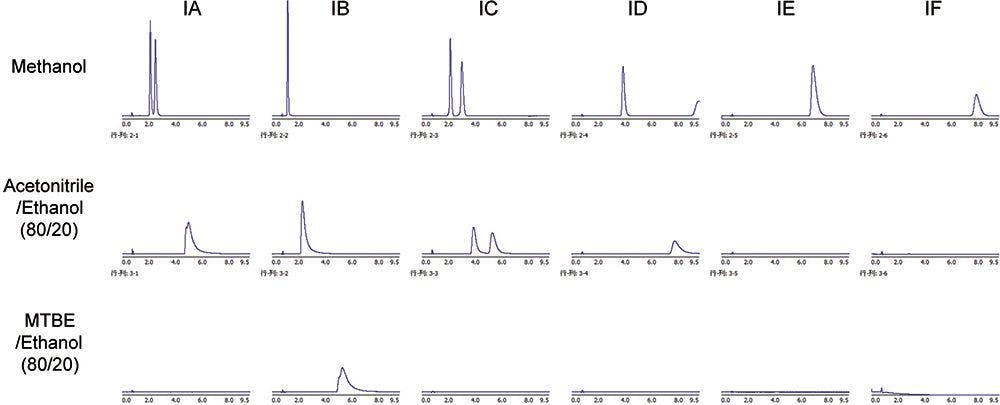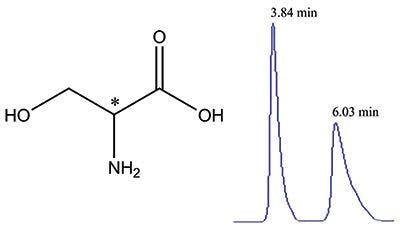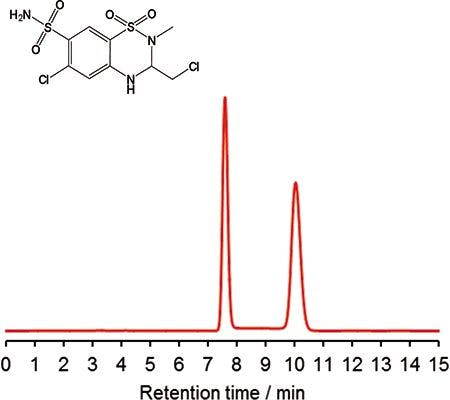Determination of Pesticides Residues in Food Matrices—An Automated Versus Manual QuEChERS Extraction
The Application Notebook
An ever growing area of interest for pesticide residue laboratories is the ability to automate manual steps, particularly in workplaces where they can see as many as 500 samples per day. These analyses typically involves the use of multi-residue methods (both GCâMS-MS and LCâMS-MS), to test for pesticide residues. QuEChERS has proven to be the extraction method of choice for numerous laboratories, due to its ease of use and robustness.
Teledyne Tekmar's AutoMate-Q40 is a robotic system designed to optimize and automate the QuEChERS sample preparation workflow. This revolutionary system automates the following sample extraction requirements: solvent, internal standard and matrix spike addition, vial shaking, vortex mixing, addition of solid reagents (salts, buffers), centrifugation, identifying liquid levels, pipetting, dSPE cleanup, and preserving the final extract.

The United States Food and Drug Agency (US FDA) evaluated the extraction performance of the AutoMate-Q40 against the manual process. They compared the automated and manual QuEChERS extraction, using the AOAC 2007.01 unbuffered method. All samples in this evaluation were analyzed using liquid chromatography-tandem mass spectrometry (LCâMS-MS).
Experimental Instrument Conditions
Figure 1 shows the parameters for the QuEChERS extraction procedure for fruits and vegetables using the AutoMate-Q40.
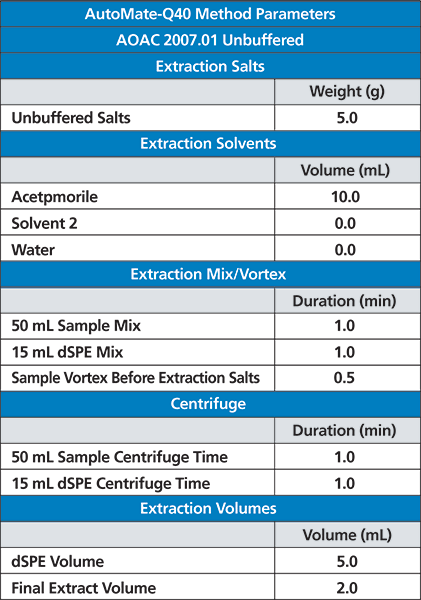
Figure 1: AutoMate-Q40 method parameters.
Results
The scatter plot shows the precision and accuracy recoveries of the 204 pesticides spiked onto the samples of cabbage, valencia oranges, raisins, and purple corn flour. The samples were spiked at 10.0, 50.0, and 250.0 ng/mL. The AutoMate-Q40 system is capable of adding these standards directly to the sample, however in this study; the analyst added the spike directly to the sample manually and allowed 15 min of interaction, before placing inside the AutoMate-Q40.
Acknowledgements
Teledyne Tekmar would like to thank the United States Food and Drug Agency CFSAN Group, namely Kelli A. Simon, James B. Wittenberg, Jon W. Wong, and Alexander J. Krynitsky. Their exceptional work evaluating the system is greatly appreciated.

Teledyne Tekmar
4736 Socialville Foster Rd., Mason, OH 45040
tel. (513) 229-7000
www.teledynetekmar.com
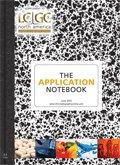
New Study Reviews Chromatography Methods for Flavonoid Analysis
April 21st 2025Flavonoids are widely used metabolites that carry out various functions in different industries, such as food and cosmetics. Detecting, separating, and quantifying them in fruit species can be a complicated process.
Analytical Challenges in Measuring Migration from Food Contact Materials
November 2nd 2015Food contact materials contain low molecular weight additives and processing aids which can migrate into foods leading to trace levels of contamination. Food safety is ensured through regulations, comprising compositional controls and migration limits, which present a significant analytical challenge to the food industry to ensure compliance and demonstrate due diligence. Of the various analytical approaches, LC-MS/MS has proved to be an essential tool in monitoring migration of target compounds into foods, and more sophisticated approaches such as LC-high resolution MS (Orbitrap) are being increasingly used for untargeted analysis to monitor non-intentionally added substances. This podcast will provide an overview to this area, illustrated with various applications showing current approaches being employed.



